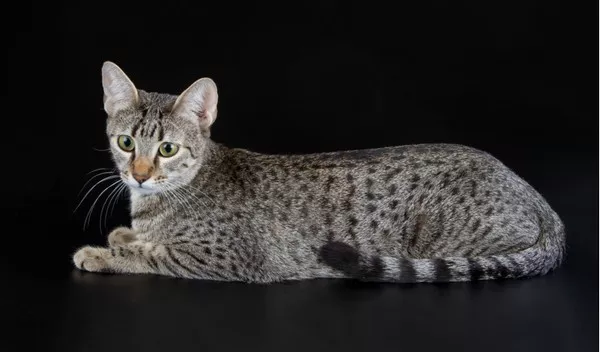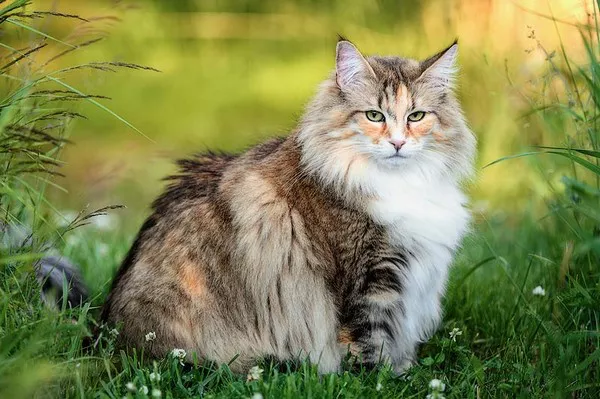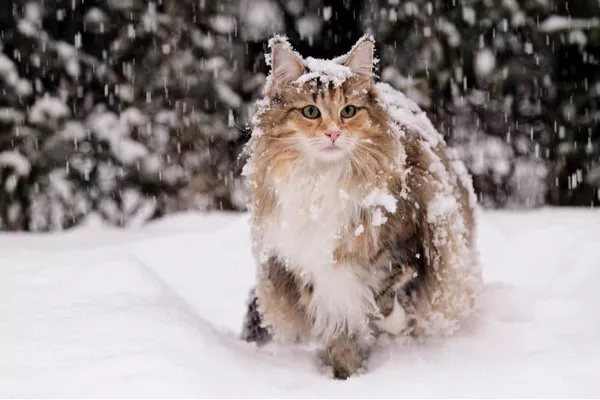In the world of domestic cats, few breeds evoke the allure and mystique of the Egyptian Mau. Renowned for their striking appearance, agile athleticism, and regal demeanor, Egyptian Maus have captivated cat enthusiasts for centuries. Yet, behind the breed’s elegant facade lies a rich history intertwined with ancient civilizations and exotic locales. In this article, we embark on a journey to uncover the origin of the Egyptian Mau’s name, delving into the cultural, historical, and linguistic factors that have shaped its identity.
The Ancient Connection: Egyptian Maus and the Land of the Pharaohs
At the heart of the Egyptian Mau’s name lies a deep-seated connection to the ancient civilization of Egypt—a land steeped in history, mythology, and reverence for the feline form. To understand the origins of the breed’s name, we must first explore its ties to this ancient land of pyramids and pharaohs.
Feline Deities: Cats in Ancient Egyptian Culture
In ancient Egypt, cats held a revered status unlike anywhere else in the world. Regarded as sacred animals associated with the goddess Bastet, cats were worshipped for their grace, beauty, and perceived ability to ward off evil spirits. Depicted in intricate hieroglyphs, sculptures, and paintings, cats played a central role in Egyptian religious and cultural practices, earning them a place of honor in the hearts and minds of the ancient Egyptians.
The Mau Connection: Unraveling the Name’s Origins
The term “Mau” is derived from the ancient Egyptian word “mḥw,” which translates to “cat” or “to see.” This linguistic connection underscores the breed’s deep-rooted association with ancient Egyptian culture and its reverence for the feline form. As one of the few domestic cat breeds believed to have originated in ancient Egypt, the Egyptian Mau’s name serves as a testament to its ancestral heritage and the enduring legacy of its feline ancestors.
The Modern Rebirth: Reviving the Egyptian Mau
While the ancient Egyptians revered cats as divine beings, the breed we know today as the Egyptian Mau faced near-extinction in the modern era. It was only through the efforts of dedicated breed enthusiasts and preservationists that the Egyptian Mau was rescued from obscurity and brought back from the brink of extinction.
A Feline Ambassador: Princess Natalie Troubetskoy and the Mau’s Revival
Credit for the modern resurgence of the Egyptian Mau is often attributed to Princess Natalie Troubetskoy, a Russian-born noblewoman with a passion for feline preservation. In the mid-20th century, Troubetskoy embarked on a mission to rescue the Egyptian Mau from its dwindling numbers in Egypt and establish breeding programs aimed at preserving the breed’s unique traits and characteristics. Through her tireless efforts and dedication, Troubetskoy played a pivotal role in ensuring the Egyptian Mau’s survival and continued prominence in the world of cat fanciers.
The Breed Standard: Defining the Egyptian Mau’s Identity
In 1956, the Egyptian Mau was officially recognized as a distinct breed by the Governing Council of the Cat Fancy (GCCF) in the United Kingdom. Since then, breed standards have been established to define the Egyptian Mau’s physical attributes, temperament, and characteristics. From its distinctive spotted coat and almond-shaped eyes to its lithe, muscular build, the Egyptian Mau embodies the essence of its ancient ancestors while embracing the modern standards of the cat fancy world.
Cultural Significance: The Egyptian Mau in Art, Literature, and Popular Culture
Beyond its status as a beloved pet and show cat, the Egyptian Mau has left an indelible mark on the cultural landscape, inspiring artists, writers, and cat enthusiasts around the world. From ancient Egyptian artifacts to modern-day works of art, the Egyptian Mau’s distinctive appearance and storied history continue to captivate the imagination of people of all ages.
Ancient Artifacts: Depictions of the Mau in Egyptian Art
Throughout the annals of ancient Egyptian art and iconography, cats—including ancestors of the Egyptian Mau—are prominently featured in sculptures, paintings, and hieroglyphs. These depictions serve as a testament to the deep reverence and admiration the ancient Egyptians held for their feline companions, immortalizing the Mau’s likeness for future generations to admire and study.
Literary Legacies: The Egyptian Mau in Literature and Mythology
In addition to its presence in ancient Egyptian art, the Egyptian Mau has also made its mark on literature and mythology, both ancient and modern. From tales of feline deities and guardians to modern-day stories featuring the breed’s distinctive characteristics, the Egyptian Mau’s influence extends far beyond the realm of domestic cats, serving as a symbol of elegance, mystery, and grace.
Conclusion: Celebrating the Enduring Legacy of the Egyptian Mau
As we reflect on the origins of the Egyptian Mau’s name and its place in the annals of feline history, one thing becomes clear: the breed’s legacy is as ancient as it is enduring. From its sacred status in ancient Egyptian culture to its modern-day resurgence as a beloved pet and show cat, the Egyptian Mau embodies the timeless allure of the feline form.
As cat enthusiasts around the world continue to admire and cherish the Egyptian Mau for its distinctive appearance, regal demeanor, and storied history, we are reminded of the profound bond between humans and cats—a bond that transcends time, culture, and geography. Whether lounging in the sun or darting across the room with feline grace, the Egyptian Mau continues to captivate the hearts and minds of all who encounter this majestic breed, ensuring its place as a cherished companion and cultural icon for generations to come.
























